Truffle Hunting in the Green Heart of Umbria
Truffle Hunting in the Green Heart of Umbria
It is where verdant rolling hills meander gracefully past centuries-old hill towns and disappear into lush thickets punctuating the landscape. In Italy’s fertile green heart, carpets of moss shaded beneath canopies of oak nurture the rarest of Umbria’s gastronomic treasures within the dank recesses of the earth. The captivating landscape of Umbria, with its undulating patchwork of hills and plains, offers ample space for the mysterious and highly coveted black truffle to hide.
Umbria is a prolific truffle producer, with the majority of Italian truffles coming from the region, and commanding a high price from those wishing to enjoy the exquisite flavor of these black, golf ball-sized delicacies. The origin of the Italian word for truffle, “tartufo,” is believed to be rooted in the Middle Ages when the fungus was likened to the appearance of tuff stone, common to Central Italy. Truffles however, have been a much sought after commodity within the Italian peninsula since ancient times. Celebrated culinary tomes that date back to the Renaissance have chronicled how the aromatic nature of the truffle was revered by ancient nobility, while the widespread use of the word “tartufo” is said to have become popular throughout Italy during the 17th century. Undoubtedly the elusive nature of the truffle and its rich, earthy flavor profile has been an alluring source of intrigue for gourmands through the ages.
While there are hundreds of species of truffles in existence, the truffles of Umbria can be counted among the most rare. As the regions of Piedmont and Tuscany are famed for their golden and white truffles, Umbria is renowned for its versatile black truffle, particularly the prized varietal found in and around the town of Norcia. Gold truffles can usually be found around Spoleto while white truffles are generally found in the areas surrounding Gubbio, with black summer truffles being found throughout all of Umbria. Black Norcia truffles are typically a few grams in weight, exhibit indentations in their skin, and are purplish-black in color with white veins running throughout. These truffles tend to grow around the roots of oak and walnut trees located in sunny, well drained and lime-rich areas, near hilly and mountainous terrain. The Norcia truffles have a pleasant aroma that becomes deliciously more fragrant during cooking. The summer truffle is found among the roots of several types of trees, such as poplars, willows, oaks, hazelnuts and chestnuts, and must be extracted at a specific stage of ripeness to ensure optimal aroma. Summer truffles tend to be more affordable than their Norcia counterparts and are often used to prepare a number of tasty dishes and truffle-infused products.
Umbria’s black truffles are generally harvested between early December and the middle of March, with the help of scent-tracking animals. Traditionally, small pigs were used to locate the treasure, but even the pint-sized porcine sleuths developed a keen taste for truffle and would eagerly attempt to consume their delectable find. Because of this issue and the fact that the process of training pigs to find truffles became laborious, dogs became the trackers of choice and are now commonly trained to sniff out truffles. Truffle dogs are usually small, crossbreeds that miraculously have no taste for the truffle, but rather, are more interested in the hunt. In order to harvest truffles in Umbria, one is required to obtain a harvesting license from the Comunità Montana (Mountain Community), a regional administration responsible for governance over specific areas. The prospective harvester is also required to take an exam given by the appropriate Mountain Community.
Black truffles from Umbria, particularly the prized Norcia truffle, can be used raw or heated, and are a luxurious compliment to extra virgin olive oil. Black truffles are not only ideal for integrating into a variety of recipes, but can also be served as part of an elegant presentation. Thinly sliced or julienne truffle can be sprinkled atop a number of dishes as an aromatic and delicious accent of flavor – pleasing to eye and the palate. Aficionados of Umbrian black truffles can revel in the culinary extravaganza that is the Nero Norcia (Black Truffle) Festival, held annually for two weekends at the end of February in Norcia. But when two weekends dedicated to the glory of the black truffle are just not enough even for the most ardent of fans, goods infused with the tiny treasure can be found throughout the region, from cured pork products and other local salumi, to cheeses, pastas, olive oils and beyond.
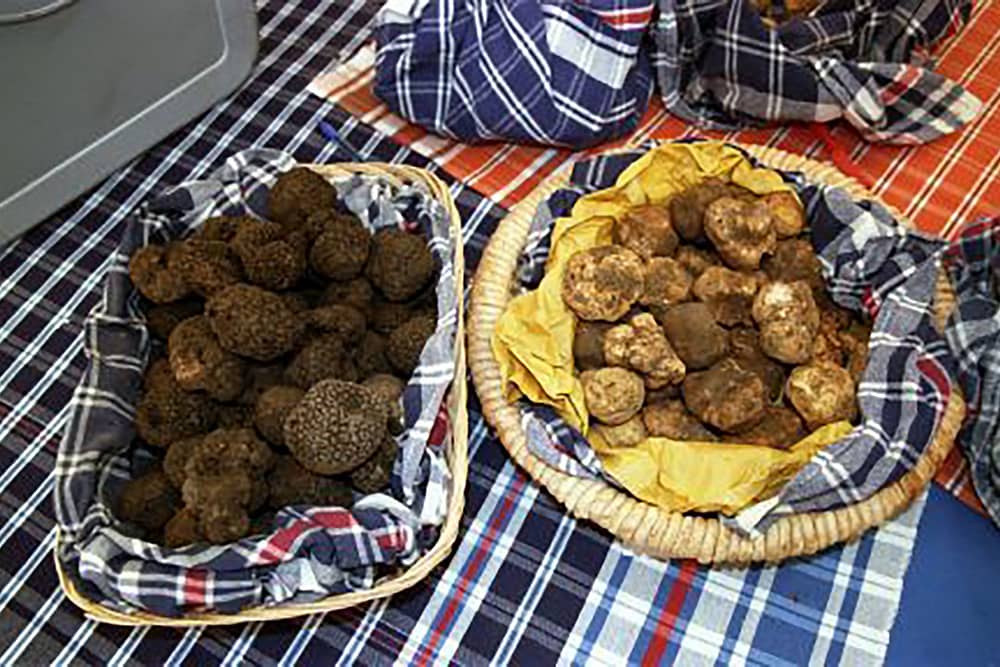
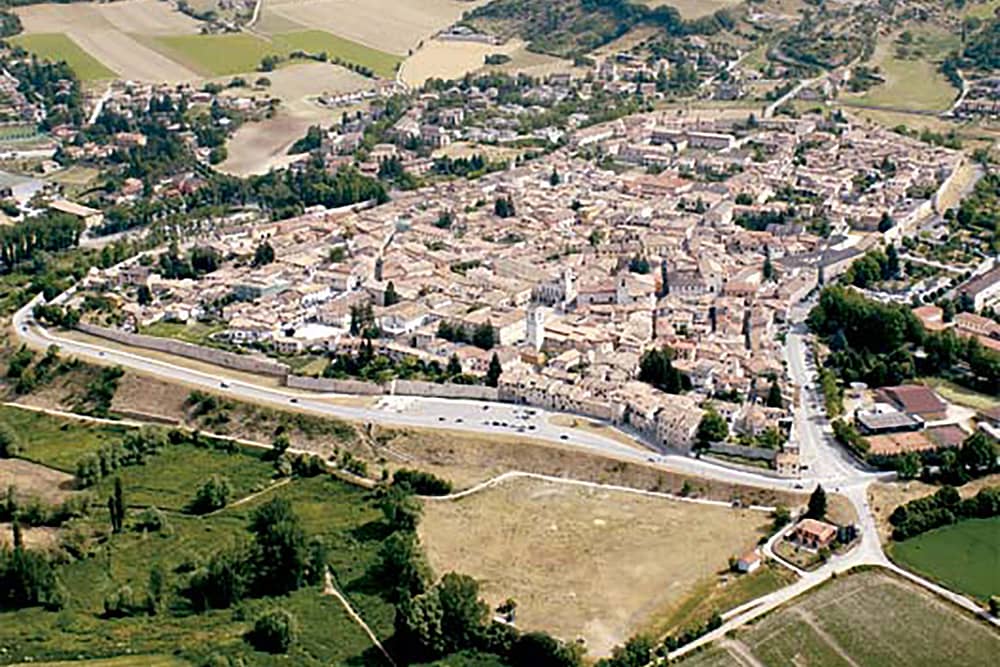

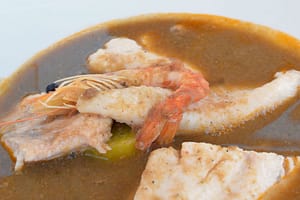
















































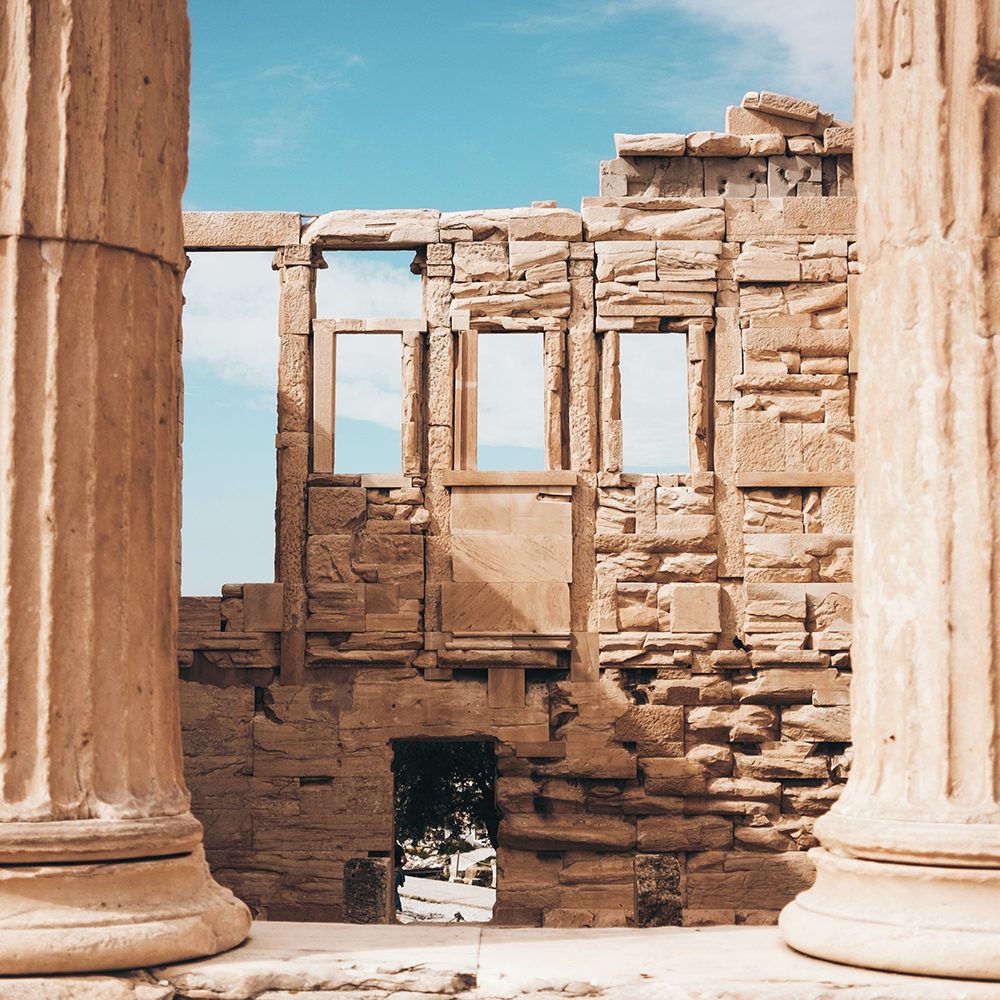


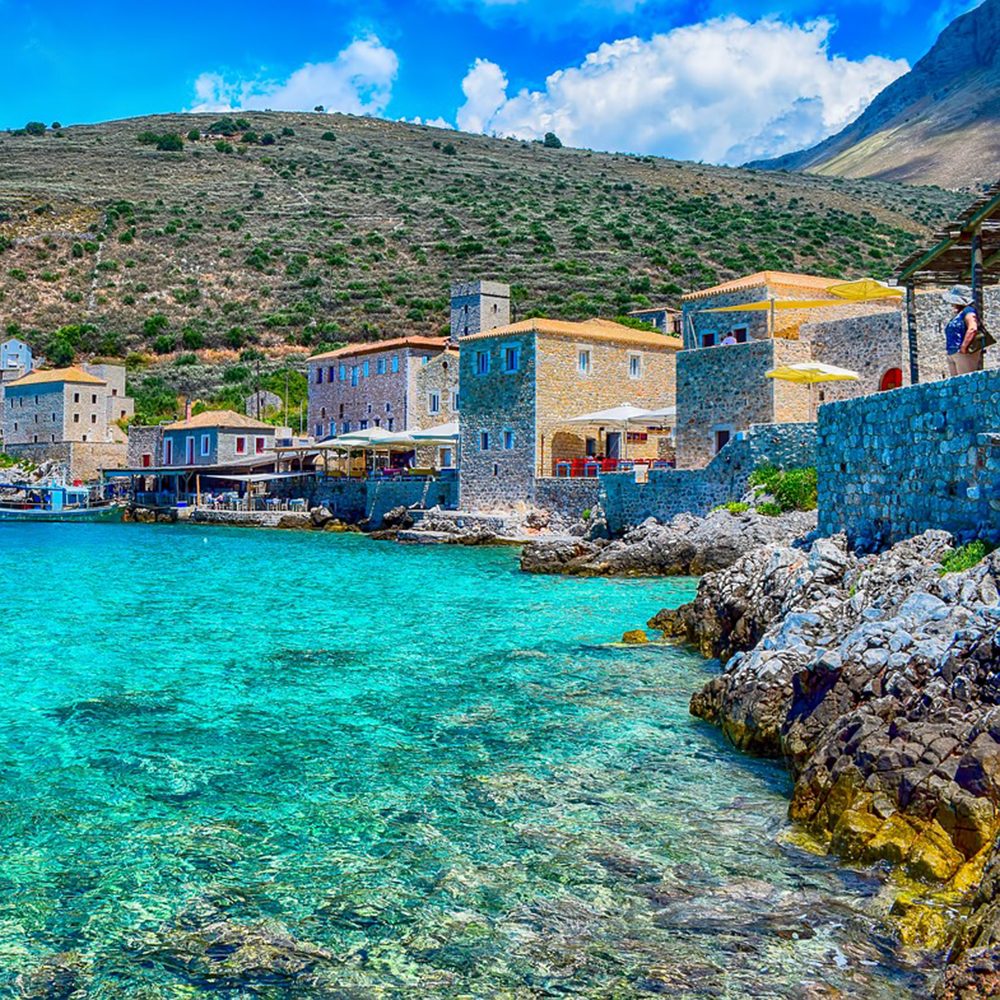








This is the best place for truffle hunt.